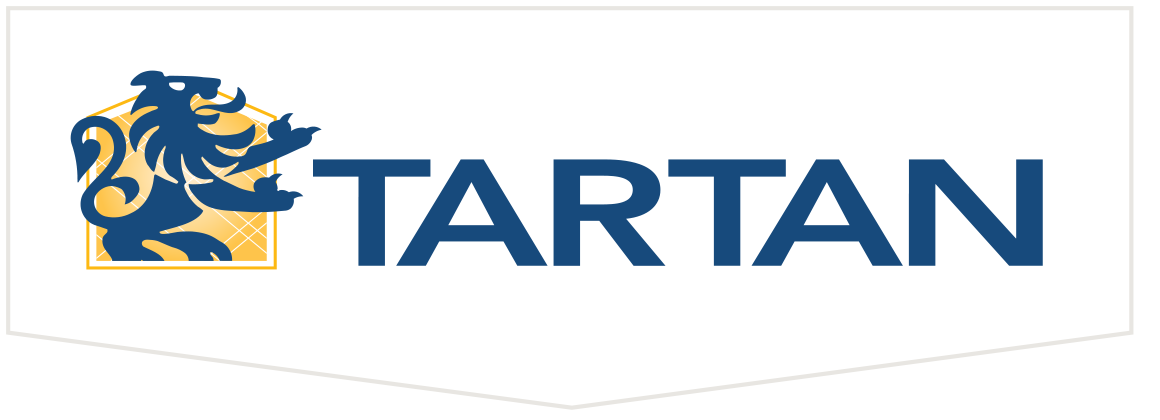For the last several years, Tartan has participated in Enbridge’s “Savings By Design” incentive program. In order to earn the incentive, we need to build homes that are 25% more efficient than the current building code.
Enbridge recently invited us to attend a daylong seminar on how Tartan might be able to remain in the program by building homes that are 15% more efficient than the next building code, which comes into effect on January 1, 2017.
I attended the event with Rick, our construction manager, and Kevin, our architectural technologist. We were also joined by Denis, from Harding Mechanical. Harding have been providing our HVAC (heating, ventilating and cooling) systems for many years.
We were delighted to learn that the homes Tartan currently build are on average, 11.5% more efficient than the next building code. We expect to meet the 15% target on a consistent basis well before the end of the year and remain part of the Savings By Design program.
We spent a considerable amount of time talking about proper furnace sizing. Over time, builders such as ourselves have increased the insulation and the quality of the doors and windows in the homes we build. We also do a better job of sealing the house which reduces the amount of air leakage to the outside. As a result the heating and cooling requirements are reduced. Optimal furnace and air conditioning (A/C) sizes, as well and duct dimension, become smaller as we are able to heat and cool the same house with less energy.
Yet while we have been increasing the energy efficiency of the home itself, there has been a tendency to maintain the size of the furnaces and A/C units. As a result, over time the furnaces become oversized. The furnace heats the home up too quickly and ends up running on short on/off cycle times. This leads to uneven fluctuations of temperature in the home and undue wear and tear on the furnace itself.
The same goes for cooling. The oversized A/C unit tries to push too much cool air through smaller ducts. Along with the furnace fan, the A/C runs on short cycle times. Besides being unable to maintain an even temperature the A/C is unable to adequately remove the humidity from the indoor air. This compromises people’s feeling of comfort and has led to customer complaints. As we learned in the seminar this is an industry-wide problem.
I should add here that the appropriate on/off cycle time should be longer rather than shorter. It takes at least 15 minutes for a furnace or A/C unit to properly warm up and run at a level of optimal efficiency. I know this sounds counter-intuitive. People might think that the furnace should run as briefly as possible. But as I mentioned, brief running cycles do not lead to optimal comfort or optimal energy efficiency.
The process of establishing the proper furnace size begins with a heat load calculation which is done by a mechanical engineer. They look at all room sizes as well as the level of insulation. They also consider air leakage measured by indoor air changes per hour.
Working together with Harding, we have taken a much closer look at the heat load calculations for all of our homes and in some cases we are putting in furnaces that are smaller than some of the model homes and smaller than similar homes that were finished rather recently.
Sometimes bigger is better but not in the case of furnaces and A/C units in new homes. We believe our furnaces and A/C units are now properly sized and will provide optimal energy efficiency and comfort.
If a customer wants to install an A/C unit after closing and they go to another reputable HVAC company, chances are the new company will not fully understand the level of insulation in a Tartan home and will recommend an A/C unit that is too big. Short cycle time, energy efficiency and indoor comfort will arise. For this reason, we recommend using Harding’s heat loads calculation to establish an appropriate size for an A/C unit.


